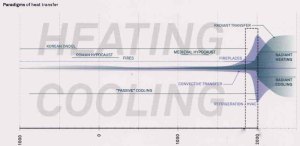“The services of ecological systems and the natural capital stocks that produce them are critical to the functioning of the Earth’s life-support system. They contribute to human welfare, both directly and indirectly, and therefore represent part of the total economic value of the planet. We have estimated the current economic value of 17 ecosystem services for 16 biomes, based on published studies and a few original calculations. For the entire biospehere, the value (most of which is outside the market) is estimated to be in the range of US $16-54 trillion per year.” (Costanza)
Aside from the absolutely staggering sum of money Costanza and his colleagues estimated above, a statement such as this calls into question shortsighted decisions which heavily impact the environment for the sake of financial gain. The problem here lies in the fact that given, for example, in an investment enterprise such as harvesting lumber in the Amazon, there is real and often quite considerable financial gain for those involved with selling this lumber while the human and other living inhabitants of our biosphere must pay the price. All too often there is a disconnect between those directly involved in deforestation and the remaining population who inadvertently creates the incentive and pressure to produce cheep lumber. Further propagating this negative feedback loop is the condition in which that small group of individuals benefiting from the sale of lumber is naturally incentivized to propagate and continue their fortunes and is in turn given the power to do so by their profits. In a perverse way it is easy to place blame on any one industry like forestry, oil, natural gas fracking or coal energy but, as with the ultimate placement of the costs, the blame rests fully on us all. In the end these environmentally destructive industries only act as representatives of their constituency.
What is interesting however is the implications of the empirical evidence Costanza and his colleagues presents in appraising the monetary worth of the natural environment. It would be easy to discredit such practice as impossible or unwise but Costanza argues that we make decisions about the value of things such as nature’s aesthetic worth and the value of human life everyday. He uses this tactic to place monetary values on natural capital and ecosystem services in order to uncover the true cost of nature’s exploitation. While largely incomplete, these data can help us estimate thresholds at which the true costs of our resource extraction overcomes their benefits in the only language that can be understood across any political boundary and social status; money.
As a final note,
I would like to propose a future most grizzly. Imagine a scenario in which we superseded our means as a species and created a catastrophic crash in the environmental systems on which we rely. As any good post-apocalyptic novel would tell you this is not too hard to imagine… but perhaps that, is not the scary part. What if we, being the incredibly resilient and resourceful creatures that we are, survived this crash and implemented technology to create a completely artificial support system in which every once-living factor on which we once relied upon was replaced by machines. Given the human determination to survive and our unprecedented resourcefulness, the scariest part about such a scenario is its daunting plausibility and the fact that such a state could ultimately become: SUSTAINABLE…
Sources:
Costanza, Robert. “The Value of the World’s Ecosystem Services and Natural Capital.” Nature. 1997.


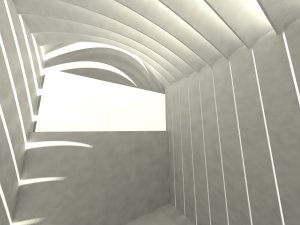








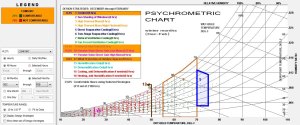

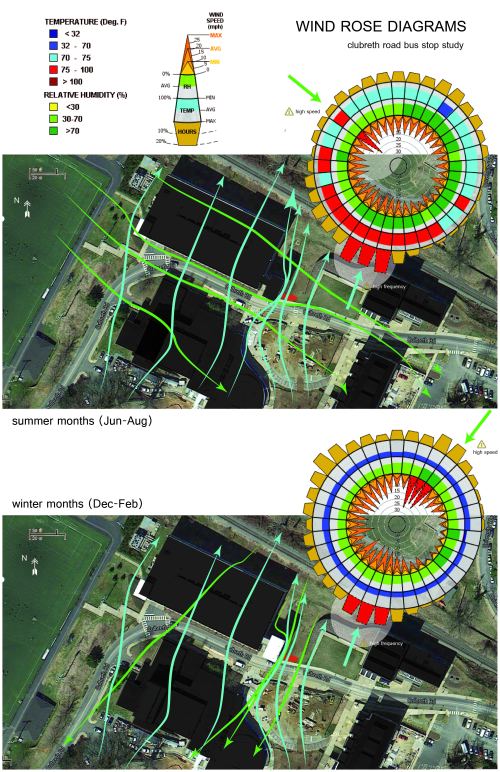
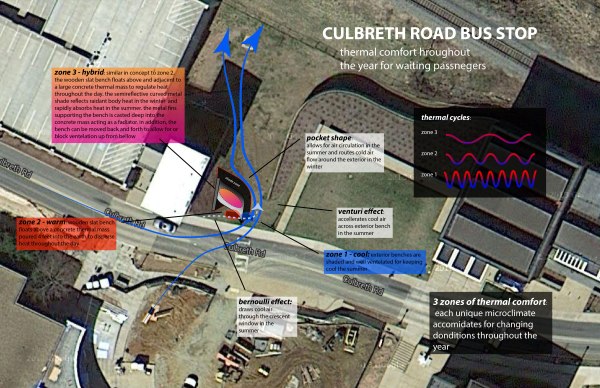
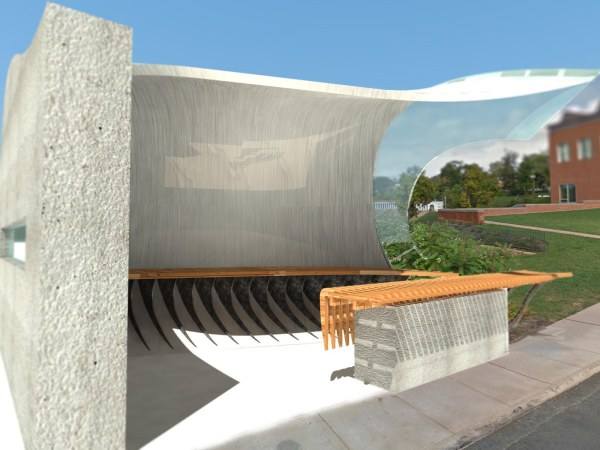







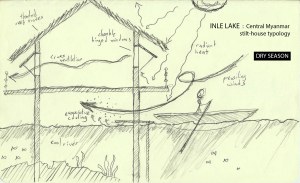

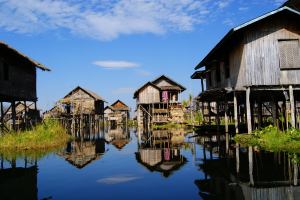

 There has since been a radical response to this lingering line of thought. Biophilic architecture is not only designed with its ultimate impact on the environment in mind but also an increasing emphasis on the relationship between its inhabitants and the surrounding natural environment. The picture to the left is of a project completed in 2010 by Canadian architect Omer Arbel. The home is unique in that every interior room has a corresponding exterior room. The boundaries between these are intentionally implicit in some cases creating a quite stimulating condition of threshold ambiguity. Unlike the cases previously mentioned, this home challenges our idea of a definite thermal envelope. As noted in the readings architecture has long been thought of as the control of the external environment but it is projects like this that blur the lines between landscape and architecture and force us to think about the role of the built environment in an entirely new way.
There has since been a radical response to this lingering line of thought. Biophilic architecture is not only designed with its ultimate impact on the environment in mind but also an increasing emphasis on the relationship between its inhabitants and the surrounding natural environment. The picture to the left is of a project completed in 2010 by Canadian architect Omer Arbel. The home is unique in that every interior room has a corresponding exterior room. The boundaries between these are intentionally implicit in some cases creating a quite stimulating condition of threshold ambiguity. Unlike the cases previously mentioned, this home challenges our idea of a definite thermal envelope. As noted in the readings architecture has long been thought of as the control of the external environment but it is projects like this that blur the lines between landscape and architecture and force us to think about the role of the built environment in an entirely new way. look at the case of a Dutch man who holds the Guinness World Record for being fully submersed in ice for 1 hour, 52 minutes and claims to enjoy the physical challenge of subjecting his body to extreme cold. (Sterling) Though his external body temperature drops to degrees above freezing during his feats, his internal temperature remains constant. This, he offers, is achieved by conscious mental control of his autonomic nervous system (see the TEDx video here). Though he is quite obviously an extreme case, his story provides us with an interesting possibility. What would our world be like, as one could imagine in the case above, if our built environment were designed with little to no regard for thermal control? Or better yet–imagine, perhaps, the opposite; a world in which architectural design returned to focus on thermal and natural systems rather than the stifling hermetically sealed envelope of the past fifty years.
look at the case of a Dutch man who holds the Guinness World Record for being fully submersed in ice for 1 hour, 52 minutes and claims to enjoy the physical challenge of subjecting his body to extreme cold. (Sterling) Though his external body temperature drops to degrees above freezing during his feats, his internal temperature remains constant. This, he offers, is achieved by conscious mental control of his autonomic nervous system (see the TEDx video here). Though he is quite obviously an extreme case, his story provides us with an interesting possibility. What would our world be like, as one could imagine in the case above, if our built environment were designed with little to no regard for thermal control? Or better yet–imagine, perhaps, the opposite; a world in which architectural design returned to focus on thermal and natural systems rather than the stifling hermetically sealed envelope of the past fifty years.